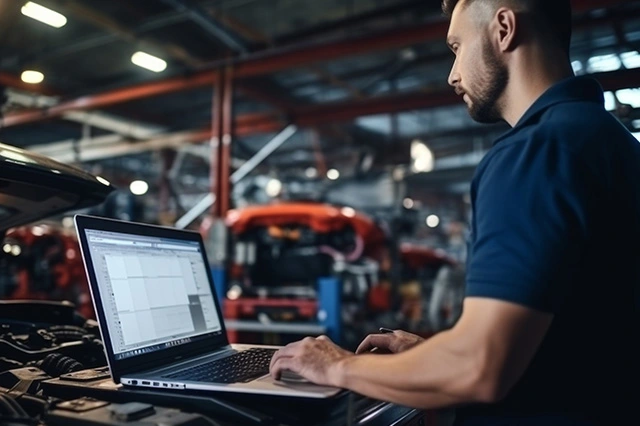The UK government has enacted a zero-emission vehicle (ZEV) mandate, aiming to transition all new cars and vans to zero emissions by 2035. This mandate is part of the UK’s broader strategy to combat climate change and promote sustainable transportation. Here’s an overview of the mandate, its implications for professional drivers, and recent updates.
Why the Mandate is Being Brought In
The ZEV mandate is introduced to ensure a significant reduction in carbon emissions from the transportation sector, aligning with the UK’s commitment to achieving net-zero carbon emissions by 2050. It sets ambitious targets for electric vehicle (EV) adoption, requiring 80% of new cars and 70% of new vans sold to be zero emission by 2030, increasing to 100% by 2035. This regulation is backed by over £2 billion in government investment to expand charging infrastructure and incentivize zero-emission vehicles, aiming to establish the UK as a leader in electric vehicle adoption and technology.
Effects on Professional Drivers
For professional drivers, the mandate will have several impacts:
- Transition to EVs: Drivers will need to transition to electric or other zero-emission vehicles by 2035, necessitating adjustments in vehicle choice and potential investments in new vehicles. This will have a considerable impact of courier van and taxi drivers.
- Infrastructure: With government and private investment in charging infrastructure, accessibility to charging stations is expected to improve, making it easier for professional drivers to maintain operational efficiency.
- Costs: The government has introduced schemes to reduce the upfront and running costs of owning an EV, including grants for vans and incentives for installing home and workplace charging points. Over time, electric vehicles are expected to offer lower maintenance and running costs compared to traditional fossil fuel vehicles
Recent Updates To The Mandate
- Implementation: The ZEV mandate became law on January 3, 2024, setting clear annual targets for the adoption of zero-emission vehicles and providing certainty for manufacturers and drivers alike.
- Incentives: The government continues to support the transition with financial incentives, such as the plug-in van grant and contributions towards the cost of installing charge points. These measures aim to make electric vehicles more affordable and practical for professional drivers and the general public.
- Charging Infrastructure: To support the growing number of EVs, the UK’s charging network is expanding rapidly, with significant increases in public charge points and investments in new charging technologies. Those with individual private hire taxis could look to have a charge point installed on at their home.
The UK’s zero-emission mandate represents a significant step towards reducing the transportation sector’s carbon footprint. While it poses challenges for professional drivers in terms of transitioning to electric vehicles and adapting to new operational realities, it also offers opportunities through lower running costs, enhanced infrastructure, and strong government support.
The mandate underscores the UK’s commitment to environmental sustainability and positions it at the forefront of the global shift towards cleaner transportation solutions.







